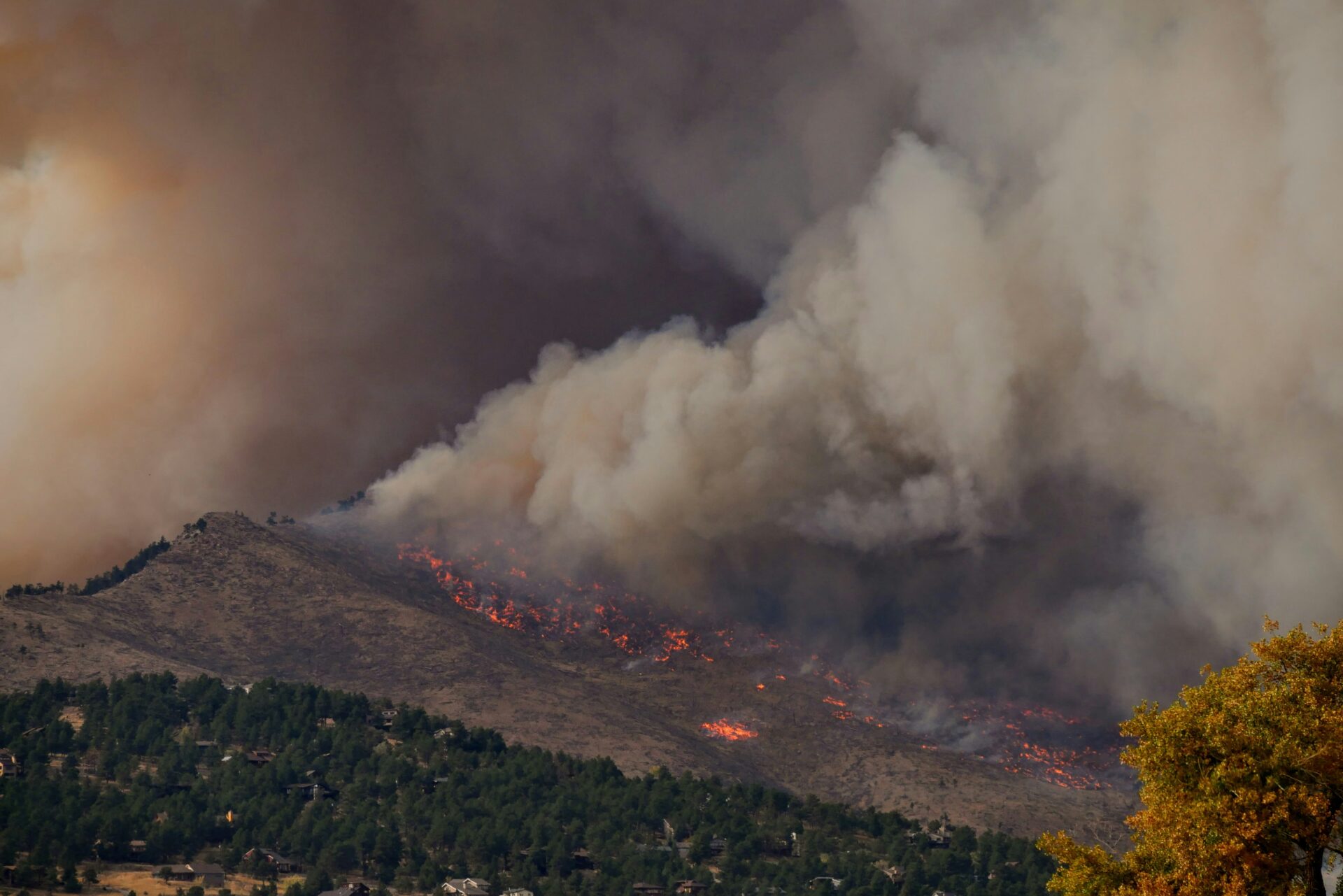Abstract:
There are growing concerns about increases in the size, frequency, and destructiveness of wildfire events. One commonly used mitigation strategy is the creation and maintenance of defensible space, a zone around buildings where vegetation is managed to increase potential for structures to survive during wildfires. Despite widespread acceptance and advocacy of defensible space, few studies provide empirical evidence documenting the efficacy of different fuel modification practices under real wildfire conditions. The 2018 Woolsey Fire in Los Angeles County, California, occurred a short time after high-resolution (0.07 m2) land cover data were created, providing a unique opportunity to quantify vegetation before the fire. We integrated measurements from this high-resolution land cover data with parcel data, building attributes, and environmental context. We then used Random Forests models to analyze the extent to which these factors predicted structure loss in the wildfire. Variable importance scores showed vegetation around buildings was not a strong predictor of building-level damage outcomes compared to building materials and landscape features such as paved land cover per parcel, elevation, building density, and distance to road networks. Among building materials, multi-paned windows and enclosed eaves were most highly associated with building survival. These results are consistent with other studies that conclude building materials and environmental context are more related to survivorship than defensible space.


